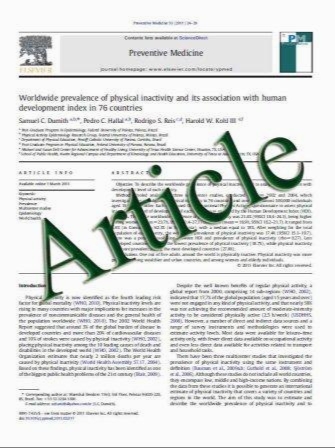Intravenous glutathione prevents renal oxidative stress after coronary angiography more effectively than oral N-acetylcysteine
- نوع فایل : کتاب
- زبان : انگلیسی
- مؤلف : Takeji Saitoh Hiroshi Satoh Mamoru Nobuhara Masashi Machii Takamitsu Tanaka Hayato Ohtani Masao Saotome Tsuyoshi Urushida Hideki Kat
- چاپ و سال / کشور: 2010
Description
This study proposes the intravenous administration of glutathione (GSH) as a novel strategy to prevent contrast medium-induced renal oxidative stress. Renal oxidative stress is a critical cause of contrast-induced nephropathy (CIN). Recent reports have described that N-acetylcysteine (NAC) may prevent CIN by scavenging reactive oxygen species in the kidney. Twenty-one patients with reduced renal function who underwent coronary angiography (CAG) were equally assigned to the control, NAC and GSH (100 mg/min for 30 min before CAG) groups. CIN occurred in two patients, one in the control and the other in the NAC group. In the control group, the urinary lipid hydroperoxides (LOOHs) increased to 299.5 ± 94.4% of the baseline at 2 h after CAG (mean ± SE, p\0.01). The increase in LOOHs was completely abolished in the GSH group (5.5 ± 8.8%, p = ns), but not in the NAC group (196.8 ± 81.3%, p\0.05). In the control group, the serum GSH level fell by 9.4 ± 2.3% at 2 h after CAG (p\0.01). The decrease was prevented in the GSH group (-1.8 ± 8.5%, p = ns), but not in the NAC group (-10.0 ± 3.3%, p\0.05). The renal damage by contrast medium-induced oxidative stress occurs soon after CAG, and intravenous GSH is more effective in preventing the oxidative stress than oral NAC. This advantage may make GSH a potentially more effective therapeutic strategy against CIN.
Heart Vessels DOI 10.1007/s00380-010-0078-0 Received: 8 March 2010 / Accepted: 23 July 2010


